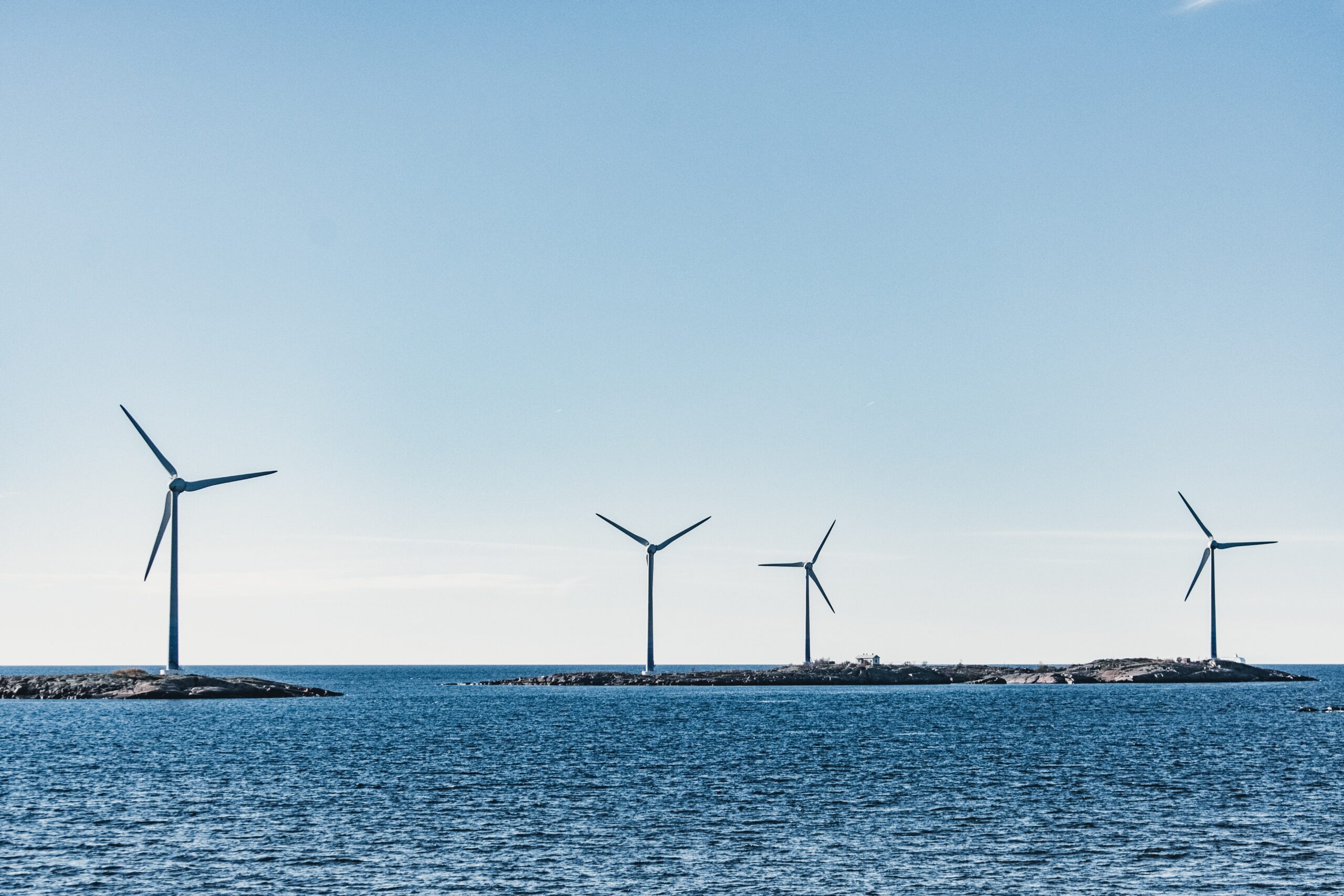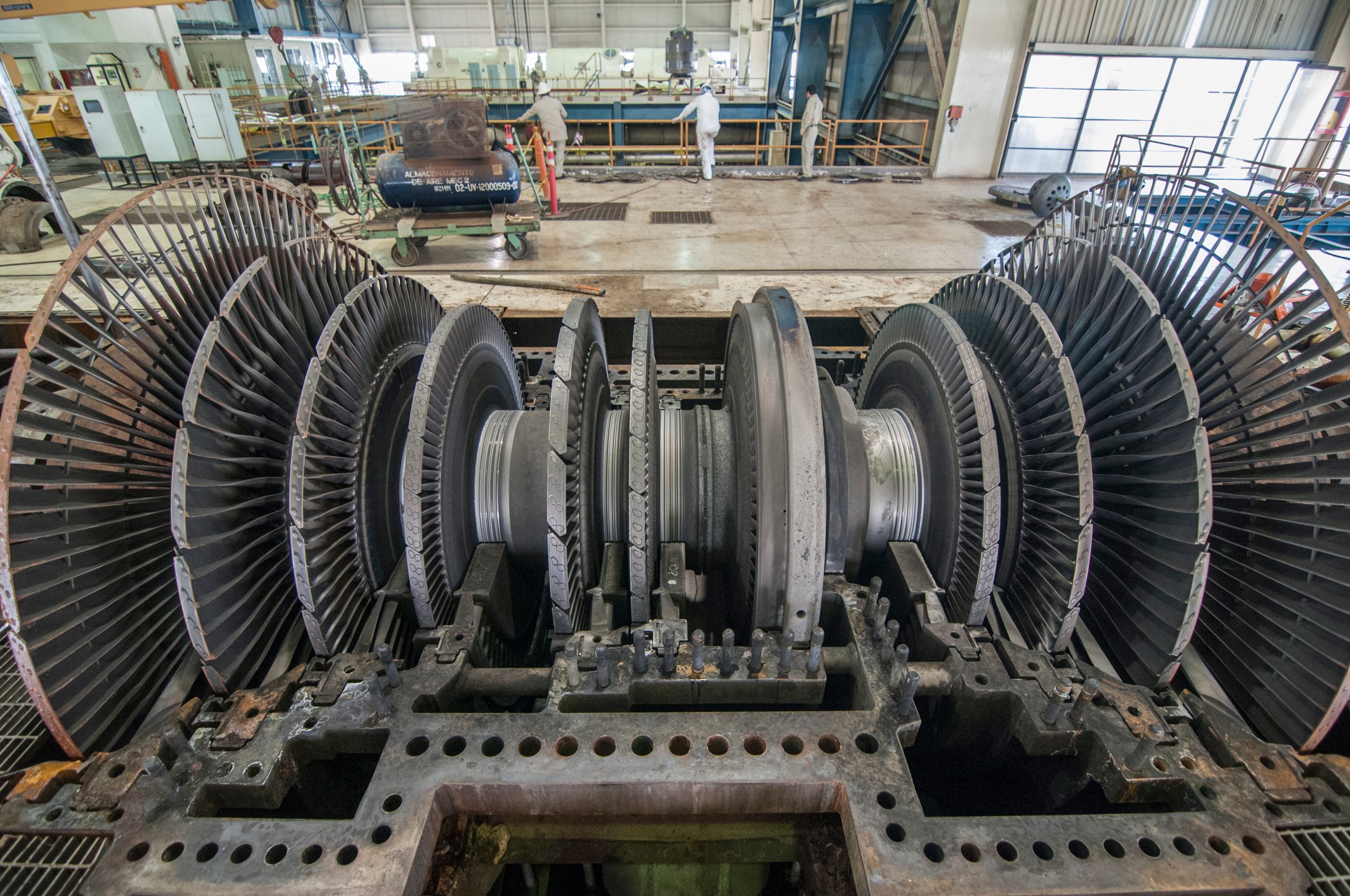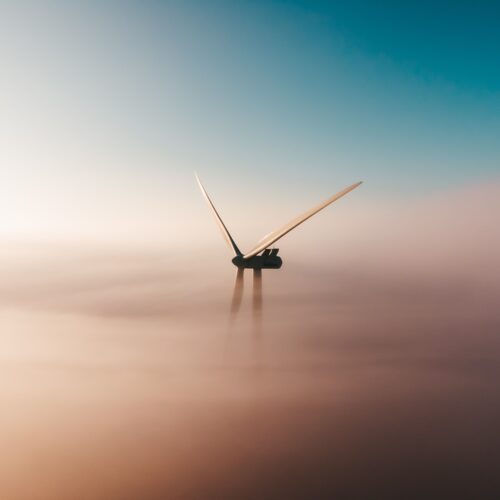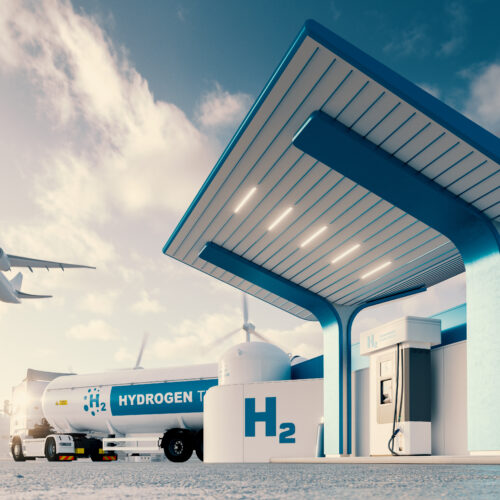Offshore wind turbines are a vital component of the renewable energy revolution, as they have the potential to generate a significant amount of clean, sustainable energy. However, harnessing wind power in the open sea also comes with its own set of unique challenges and opportunities. In this article, we will explore the technology behind offshore wind turbines and the benefits they provide, as well as the challenges and opportunities that come with harnessing wind power in the open sea.
The technology behind offshore wind turbines is similar to that of onshore wind turbines, but they are designed to withstand the harsh conditions of the open sea. Offshore wind turbines are typically larger and more powerful than their onshore counterparts, as they need to generate more energy to offset the higher costs of installation and maintenance. They also need to be able to withstand the high winds, saltwater corrosion, and extreme weather conditions that are common in the open sea.
One of the main benefits of offshore wind turbines is that they can generate a significant amount of clean, sustainable energy. The wind speeds in the open sea are typically much higher than on land, which means that offshore wind turbines can generate more energy per turbine than onshore wind turbines. This makes them a highly efficient and cost-effective way to generate renewable energy.
Another benefit of offshore wind turbines is that they can be located far from population centers, which reduces the potential for noise and visual pollution. This makes them a more palatable option for communities that may be resistant to onshore wind turbines.
However, harnessing wind power in the open sea also comes with its own set of unique challenges. One of the main challenges is the high cost of installation and maintenance. Offshore wind turbines need to be built to withstand the harsh conditions of the open sea, which makes them more expensive to install and maintain than onshore wind turbines.
Another challenge is the potential for environmental impact. Offshore wind turbines can have an impact on marine wildlife, particularly birds and bats. Additionally, the construction and maintenance of offshore wind farms can have an impact on the seafloor and the surrounding waters.
Despite these challenges, there are also many opportunities that come with harnessing wind power in the open sea. One of the main opportunities is the potential for job creation. The construction and maintenance of offshore wind farms can create jobs in a variety of industries, from engineering and construction to maintenance and operations.
Another opportunity is the potential for economic development. Offshore wind farms can attract investment and spur economic growth in the communities where they are located.
In conclusion, offshore wind turbines are a vital component of the renewable energy revolution, as they have the potential to generate a significant amount of clean, sustainable energy. However, harnessing wind power in the open sea also comes with its own set of unique challenges and opportunities. As technology continues to improve and costs continue to decrease, offshore wind power is likely to play an increasingly important role in meeting our energy needs in the future. It’s important to take into account the challenges and opportunities presented by the offshore wind turbine, in order to make the most of this powerful renewable energy source.




